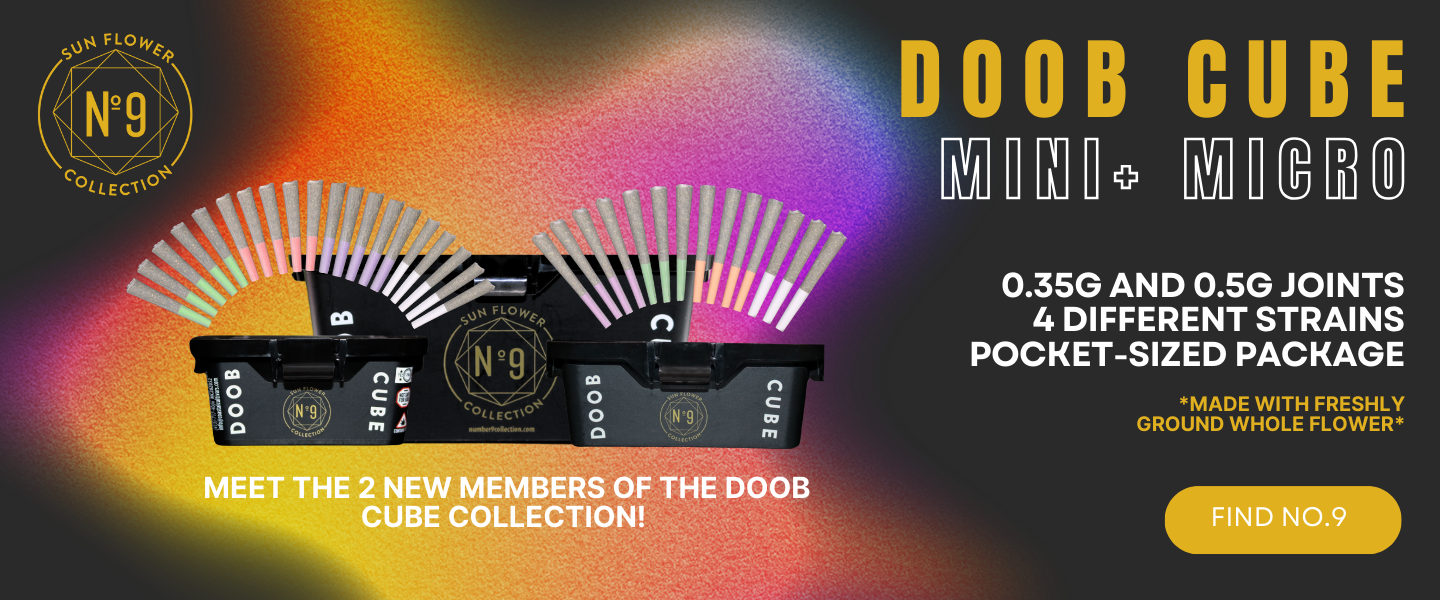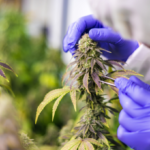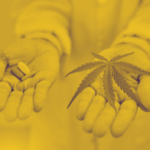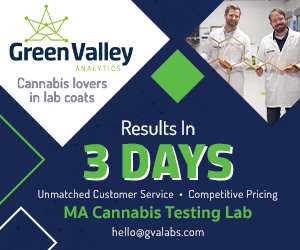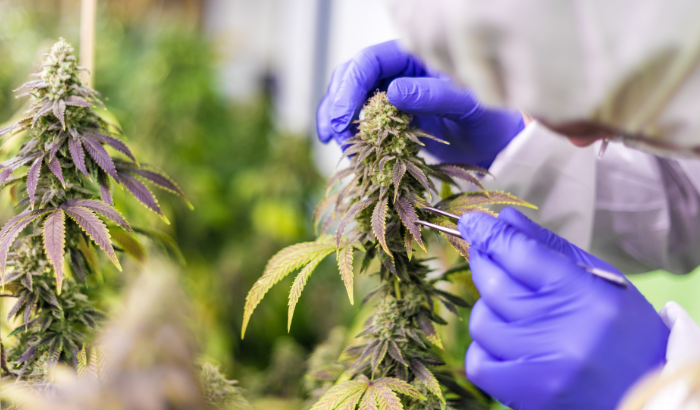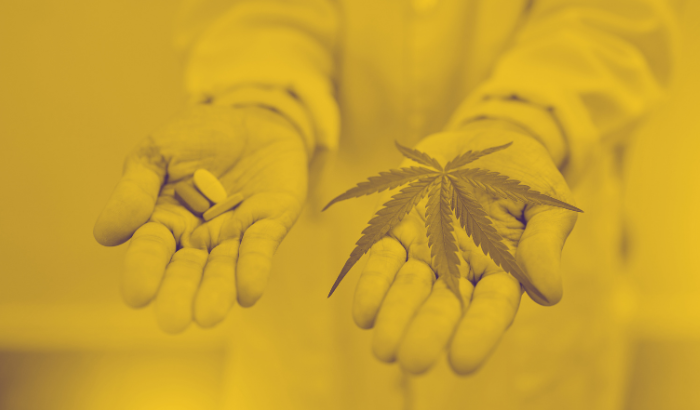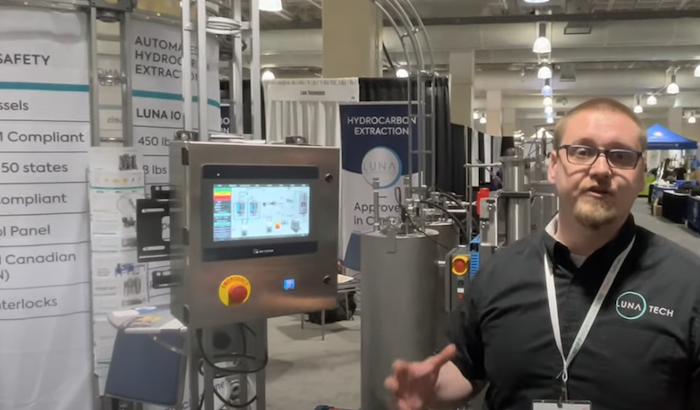
Adam Heyne of Luna Technologies on capturing “the true essence of the actual plant” through hydrocarbon extraction
It’s going to take us a while to unload all of the incredible interviews that we scored at the recent NECANN cannabis convention in Boston.
While most of the people we spoke with create products you can purchase in the marketplace or run the actual markets themselves, we also spoke with the suppliers of suppliers, as well as some of the brilliant folks who engineer, sell, and service the gear behind the scenes.
In this interview, we asked Adam Heyne of Luna Technologies, whose “patented botanical oil extraction system processes up to 25 lbs per hour of plant feedstock with the push of a button,” how this miracle machine actually works. Thankfully, some of what he said is actually understandable for people without an advanced science degree.
Please tell us about what you do …
We specialize in automation—automation engineering, focused on the processing license realm of cannabis in the recreational or medical markets.
All of our systems will work with hemp as well. What we have is a fully-automated hydrocarbon extraction system. So this is basically going to simplify the process of getting any sort of adaptable product. So crumble, batter, budder, shatter, diamond sauce, live res cartridges, dirt, resin cartridges. All of those can be produced in this system here. We have basically eliminated a lot of the need for the operator to be inside of the C1D1 facility, actively working on the equipment.
The machine is gonna operate in the background. You’re gonna pick your desired output recipe.
How does it work?
You’re gonna press start, and then you’re gonna walk away and get a text message when that run is done and you need to go swap out biomass and get the new biomass in for the next run. We also have ethanol extraction systems.
On the other side, we have the Luna Elara extraction system that is capable of extracting 40 pounds of biomass every 20 minutes.
It’s also automated through filtration and has an inline winterization process. So basically the crude that you are pouring out of that system is gonna be ready for distillation with minimal volatiles or undesirables left.
What else do you have?
We also have the horizontal packer. So basically you would put five pounds of biomass in this machine then pack that into a five-pound puck that’s easier to store on your shelf and easier to get into our system for processing. So you’re not kind of wrestling a bunch of garbage bags full of loose leaf.
Here is the [Human Machine Interface]. So this is the range of the operation. This is where you’re gonna have the recipe stored. We have a few presets in there, so you can see where you have, like, live resin diamonds or dry diamond sauce.
So say we wanted to run some live resin diamonds. We would just choose that recipe, load it to the dashboard, go home, and press start.
Now at that point, then the machine’s gonna take over the entire process. It’s gonna happen behind the scenes. And then, like I said, you’re gonna be notified when it’s time.
Who introduces the flavors?
The producer, actually. That’s the great thing about hydrocarbon extraction—it’s the only form of extraxtion that’s able to get that really close to a full-spectrum extraction.
Think about being able to take a plant in the field and just consolidate that into a concentrated representation of that plant and deliver it to the consumer. Now, what I mean by that is that all those native terpenes that were in the plant are going to be delivered to the consumer as well.
When you’re running for fresh-frozen live resin, you’re literally shucking the plant in the field and putting it on dry ice immediately. That’s getting around the drying process.
When [it’s] flower, say that you walk within a mile of a farm that has a dry room, you’re gonna start smelling that skunky smell. Those are your terpenes that are leaving the plant. So if you’re able to take that plant and basically put it immediately on dry ice before there’’s any drying process, then you’re retaining those terpenes that would normally be off-gassing.
That’s the true essence of the actual plant.
Now with ethanol extraction, it’s a little bit different. It doesn’t matter what strain you put into that system. The output’s gonna be the same every time. So that’s when you would be reintroducing terpenes at that point.
But for hydrocarbon [extraction], you don’t need to reintroduce anything because if you put Blue Dream in this machine, then what’s gonna come out is a concentrated version of Blue Dream.
And if you do a run of Cherry Pie after that, then what you’re gonna get is a run of Cherry Pie. And they’re gonna have distinct differences in minor cannabinoids, as well as terpenes that are gonna relate to that initial strain that went in.
What’s the advantage?
It gives a good reward system to the producer, because why would a producer spend time working on a strain, developing a strain? And then they’re gonna go send it to a processor to turn it into the exact same output as everyone else.
So that’s what the benefit of hydrocarbon extraction is versus, you know, a CO2 extraction for instance. With CO2 extraction, you’ll notice that every time you take a hit off the cartridge, it always smells and tastes the same. It’s because it’s basically the same terpenes that are being implemented no matter what the strain variety is. So you might have differences in minors, but you’re never really gonna get that intended strain profile that could produce or develop that terpene profile, that smell in the taste of the plant in the field, if you’re not running hydrocarbon extraction.
lunatechequipment.com


